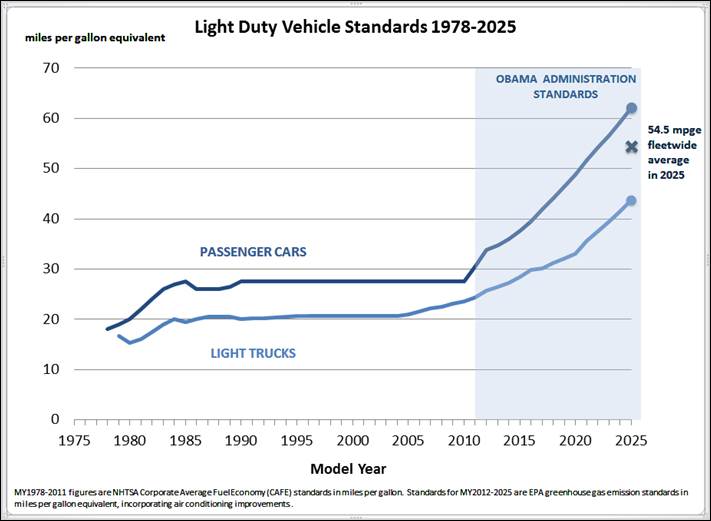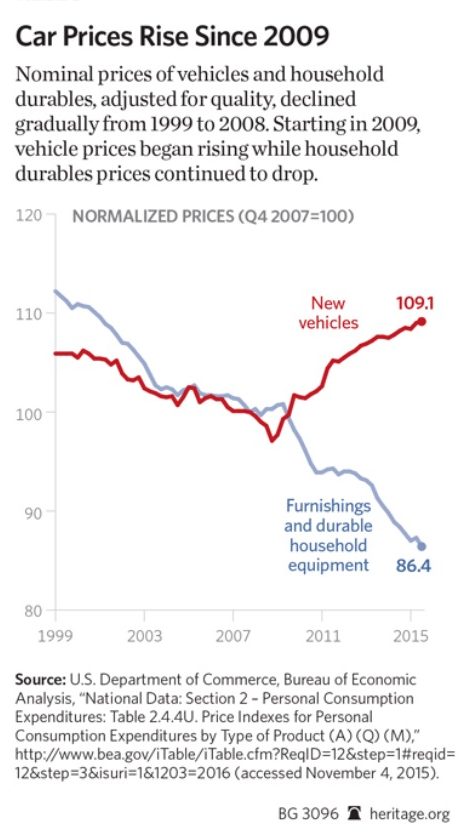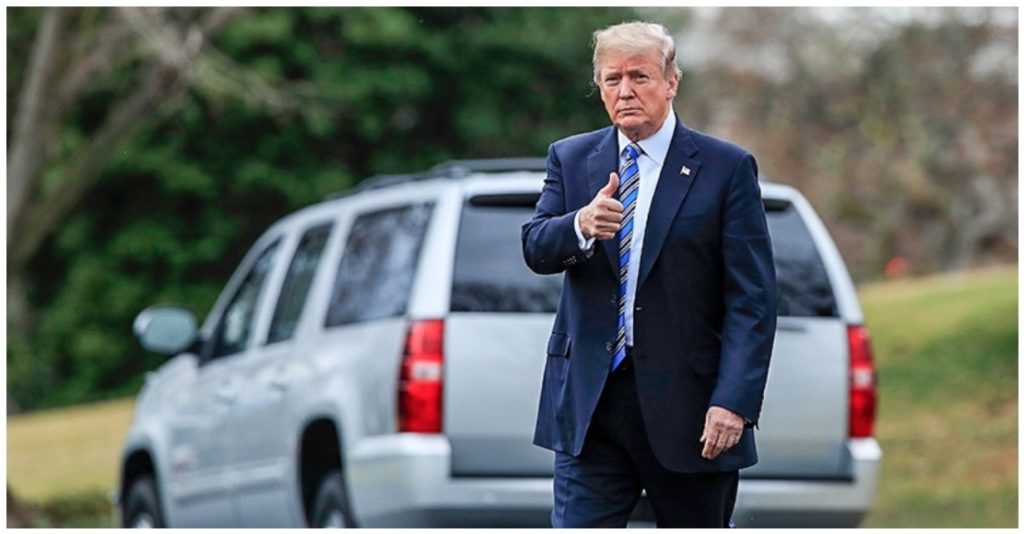
Colorado residents stand to gain from President Trump’s decision to reconsider former President Obama’s fuel and emission standards. His Safer Affordable Fuel-Efficient (SAFE) Vehicles Rule puts consumers back in the driver’s seat. It will make purchasing a car more affordable and driving one safer. After all, President Donald Trump understands that not everyone wants to drive a Toyota Prius!
On January 6, the Environmental Protection Agency decided to further reduce the emissions of commercial vehicles through a proposed rulemaking for the Cleaner Truck Initiative, which once complete, will establish more stringent regulations on heavy truck and equipment’s nitrogen oxide (NOx) emissions. Two days later, Senator Fenberg (D-Boulder) and Representative Jaquez Lewis (D-Boulder) introduced SB20-038 […]
Colorado’s Air Quality Control Commission (AQCC) is more than likely to adopt the Zero Emission Vehicle Mandate (ZEV) at its Friday, August 16th meeting (today). Not only will this put Colorado further under California’s thumb, it’s also likely to impact our state’s air quality and economy negatively. The Freedom to Drive Coalition commissioned Energy Venture […]
The Coalition of Ratepayers agrees with the Pacific Research Institute (PRI) that the initial economic impact analysis of the proposed electric vehicle (EV) mandate for Colorado contained flawed and overlooked critical assumptions. Dr. Winegarden, a Ph.D. economist with PRI, criticized the economic analysis, which was presented to the Air Quality Control Commission, with California’s vehicle […]
Last Thursday, the Coalition testified in support of Senate Bill 53. The following text is the transcript of the Coalition’s testimony. Good afternoon, Senator Fields and fellow committee members. My name is Britton Naas, and I’m here representing the Coalition of Ratepayers in support of Senator Cooke’s bill. The Coalition of Ratepayers is a Colorado […]




